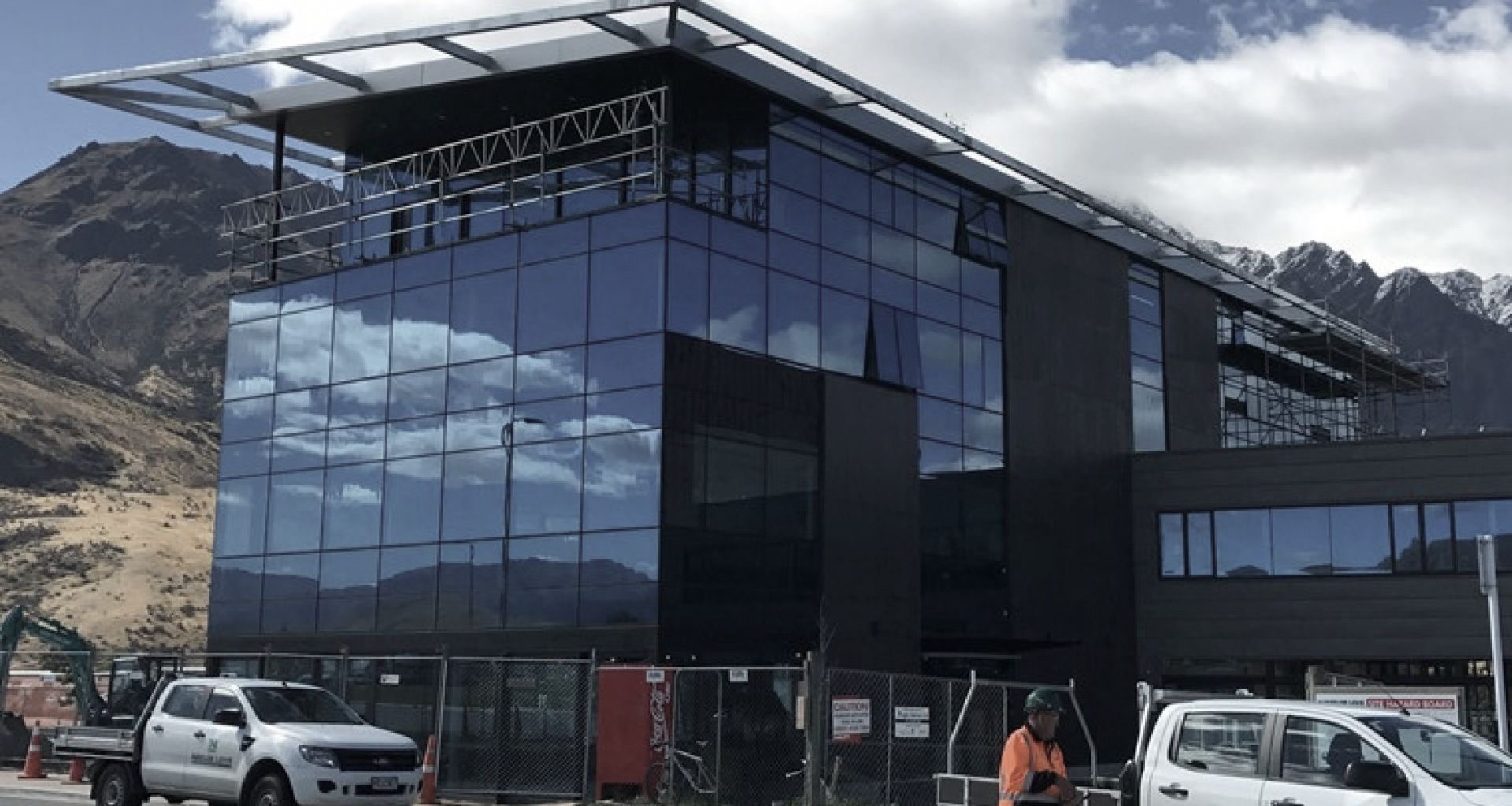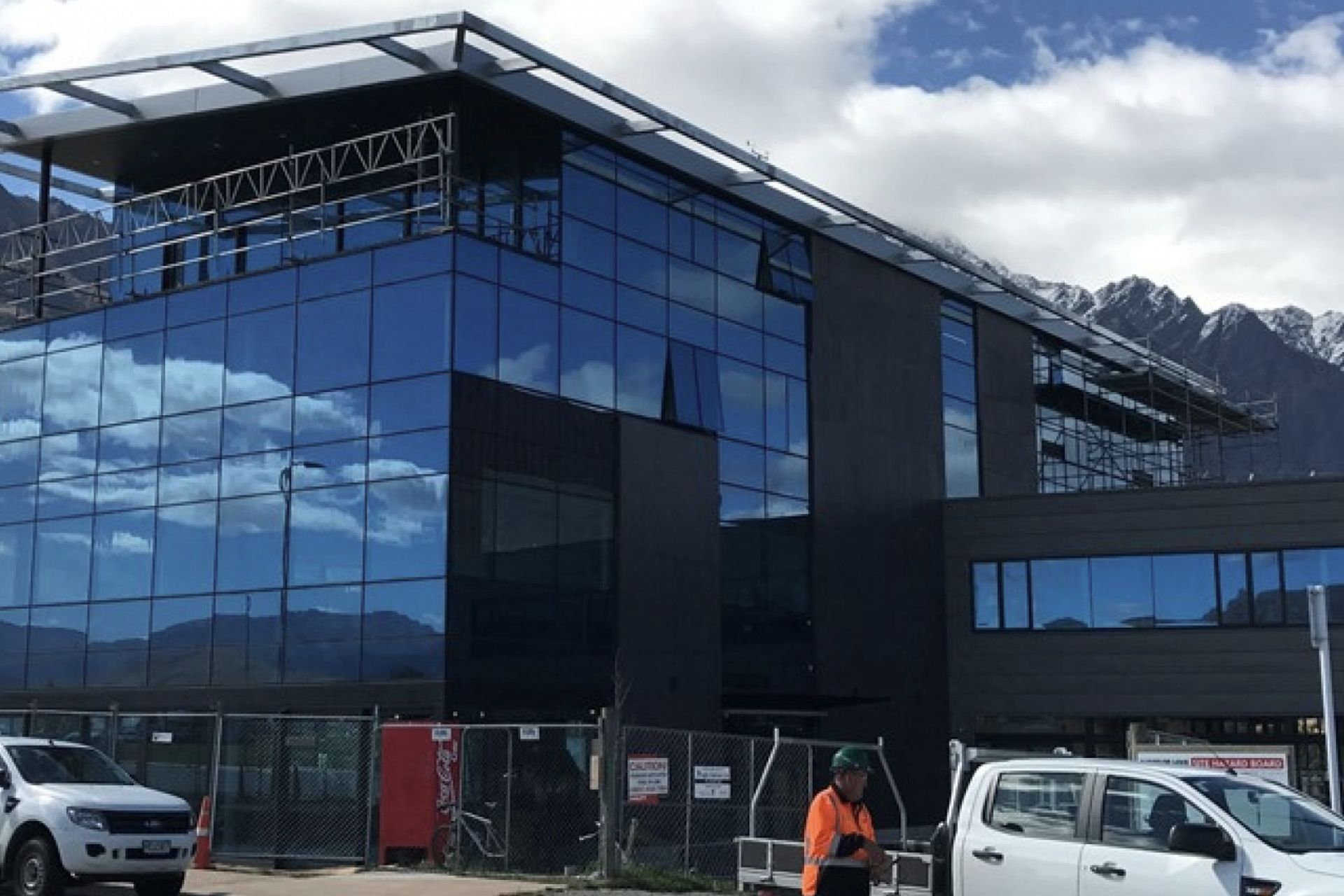4 Earthquake - Proof skyscrapers to inspire Kiwi Architects


Christchurch, Kaikoura, Wellington - earthquakes have the power to literally reshape the land, and we humans can only crawl beneath a desk and wait out the ride, right? Well, maybe this was once the case, but no longer.
Earthquake-resistant skyscrapers are being built more and more frequently, with engineers and architects coming together to find myriad unique ways at battling nature's raw power and saving lives in the process.
New Zealand is an at-risk country building taller every year, and it's important that local architects learn from the ideas of our foreign counterparts to help safeguard Kiwi cities. Here are four earthquake-proof skyscraper designs to take inspiration from when you're next consulting on a tall building.
Taipei 101 - once the tallest building in the world - boasts an ingenious design to match both hurricane and earthquake forces. Architects C. Y. Lee & Partners undertook the challenge and specified an intricate dampening system in addition to uniquely designed framing.
The Tuned Mass Damper is a 726-ton sphere made of stacked steel plates visible to building occupants and tuned to swing freely at the sway rate of the structure. This motion pushes and pulls dashpots that convert the motion into heat by forcing fluid through internal openings.
As well as this, the building's beam structure has been designed for seismic ductility by strengthening open link portions of each beam with side plates to ensure open links do not control strength across eccentric links. Full moment connections between braced core beams and columns help provide an alternative load path through Taipei 101 in the event that the brace members are overloaded.
2. Burj Khalifa, United Arab Emirates
As the current tallest building in the world, Dubai's Burj Khalifa stands at a staggering 830 metres and is a genuine marvel of engineering. However, although the United Arab Emirates may not be known as a highly earthquake-prone nation, the Burj Khalifa is still designed with contemporary seismic engineering.
The building's 3.7-metres-thick concrete foundation is built on 194 bored, cast-in-place piles. At 1.5 metres in diameter and 43 metres in length, these piles are actually the largest of their kind currently in use in the UAE, states the Burj Khalifa's website. They help give the structure its ability to withstand earthquakes of up to magnitude 7.0.
Also in use is a system of sensors to detect building sway. Precision inclination sensors, clinometers and advanced Leica Geosystem GPS technology provides an accurate picture of building position and angle in real time.
3. Abeno Harukas, Japan
Abeno Harukas is the tallest skyscraper in Japan, which is considered one of the world's most earthquake-prone nations (alongside New Zealand and Chile), according to Munich RE's NATHAN World Map of Natural Hazards.
There are three parts to Abeno Harukas' earthquake design, specified by Takenaka Corporation.
- Suppress: The building suppresses deformation through high-strength concrete-filled steel tube (CFT) pillars, which can support the weight of 20,000 tons per one-square-metre column.
- Absorb: A sophisticated damper system is deployed across the lower, middle and upper levels. In the lower, there are 199 hydraulic dampers to respond to vibration velocity and 108 rolling friction dampers to respond to building deformation levels. In the middle, patented WAVY steel plate walls prevent swelling and can persistently transform to absorb vibrations. In the upper levels, Abeno Harukas uses another patented technology called shaft dampers, which mimic the central vibration-absorbing pillars found in the world's oldest pagoda buildings.
- Transfer: A piled raft foundation is used to transfer large forces to the ground.
4. One Rincon Hill, United States
San Francisco's two-towered One Rincon Hill is situated in another earthquake-prone area. To counteract this threat, architecture firm SCB designed the building to utilise technology unique to anywhere else in the States.
For starters, the building's 4-metre-thick foundation is set in serpentine rock, with four reinforced-steel outrigger columns rising up and attaching to a shear core with four-storey high steel-buckling restrained braces, located at two points in each tower. These are designed to act as shock absorbers and are encased in steel and concrete in order to prevent future loss of strength.
The highly unique feature of the building is its four massive, constantly-monitored water tanks, at the top of the building. Called tuned liquid mass sloshing dampers, they help counteract building sway and are also effective at balancing against hurricane winds, which San Francisco experiences.
Innovation key to protecting NZ skyscrapers from earthquakes
As you can see, there's more than one way to protect our Kiwi towers from the destructive force of earthquakes. It takes creative thinking and a high degree of innovation to tackle the problem head-on, but thankfully New Zealand has this engineering creativity in spades. In a post-Christchurch landscape, we've seen technologies like base isolation, rocking systems and lead extrusion dampers being developed and implemented across cities, among other even more interesting advancements - including precast concrete bridges that can flex and then self-centred if impacted by an earthquake.
Napier tried shaking us down but we Kiwis stood up and built stronger. Christchurch has tried the same thing, but with our hard work and Kiwi ingenuity, we'll be stronger again.


